Remembrance Politics The Ambivalence of Coming to Terms with History
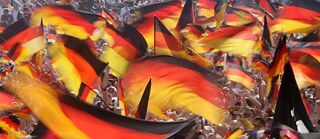
Marked by a new patriotism: the 2006 World Cup in Germany | Photo (detail): Kay Nietfeld © picture alliance / dpa
The Remembrance Boom of the 1990s
Reunified Germany was a contradictory country. While schoolchildren learned about the “Third Reich” in all grades, neo-Nazi gangs in eastern and western Germany committed racist acts of violence and killed and injured numerous people. With the end of the Cold War, a historical view of “real-life” socialism in Germany developed, which was tagged by some as the “second dictatorship” and thus relativised National Socialism.At the same time, there was a kind of remembrance boom, which was also manifested in Germany in the form of numerous memorial sites and commemorative initiatives. The Hollywood film Schindler’s List sent audience ratings in the cinema soaring. The privately initiated mobile exhibition Verbrechen der Wehrmacht (Crimes of the Nazi Army) was heavily frequented on the one hand, and vehemently rejected by sections of the German population on the other, because it did away with the myth of the “clean Wehrmacht” – an army which had apparently waged a “normal war” quite apart from the SS. With the new red-green coalition federal government, a new debate began about the compensation of forced labourers. Although the war had been over for 50 years, Germany had compensated almost no individuals. Therefore, in 2000 the Foundation “Erinnerung Verantwortung Zukunft” (Remembrance Responsibility Future) was set up, which today, after completing payments to those survivors who could still be traced, is dedicated to remembering the NS period.
A New Patriotism
The great interest in the history of the Second World War continued into the 2000s. The displacement of the Germans and the bombing of German cities were addressed more and more in books, documentaries and talk shows. However, the 2006 World Cup in Germany with the popular slogan “Die Welt zu Gast bei Freunden” (A Time to Make Friends) was marked by a new patriotism. In view of the masses of flags in a sea of black, red and gold, it was welcomed by some with concern and by others with enthusiasm. During these years, the Germans, like other nations, wanted to wave their flag and be proud of their country.The ambivalence of this period can perhaps best be seen in the fact that in the same social and political climate it was possible to start building the memorial for the murdered Jews of Europe in Berlin – a memorial that became an important symbol of the new capital.
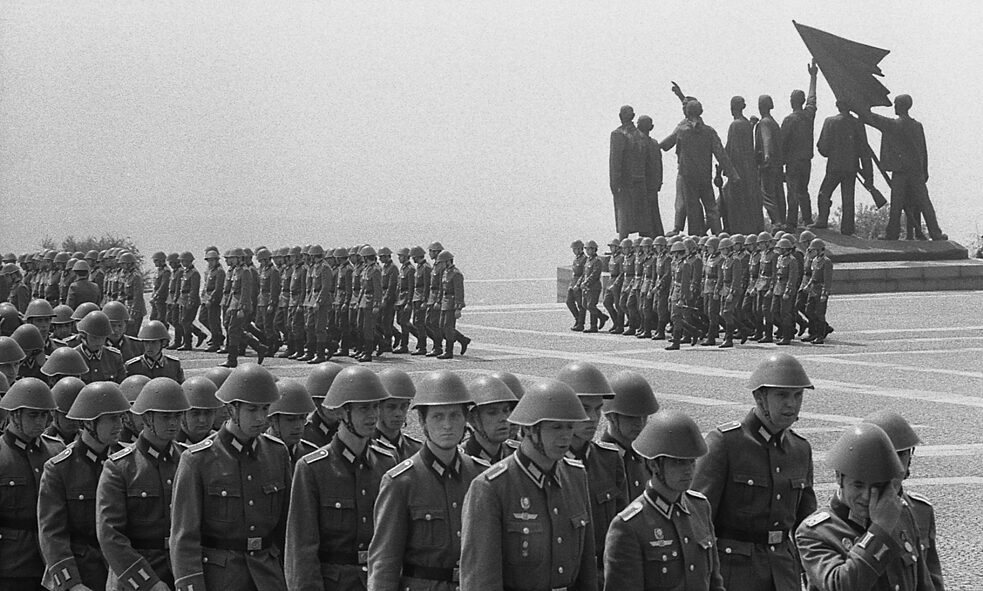
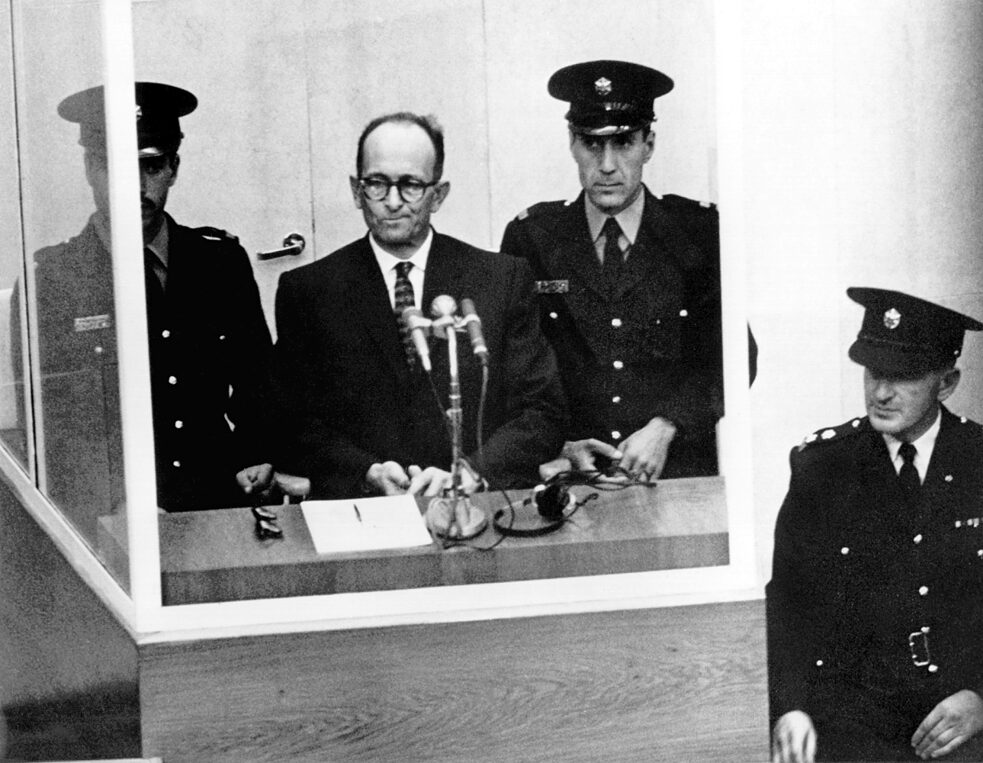
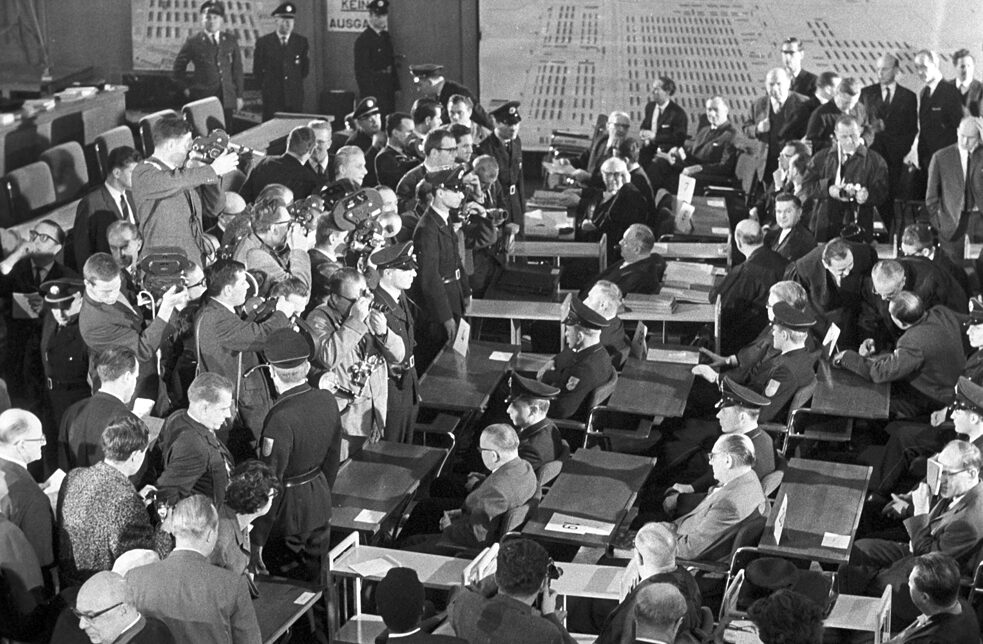
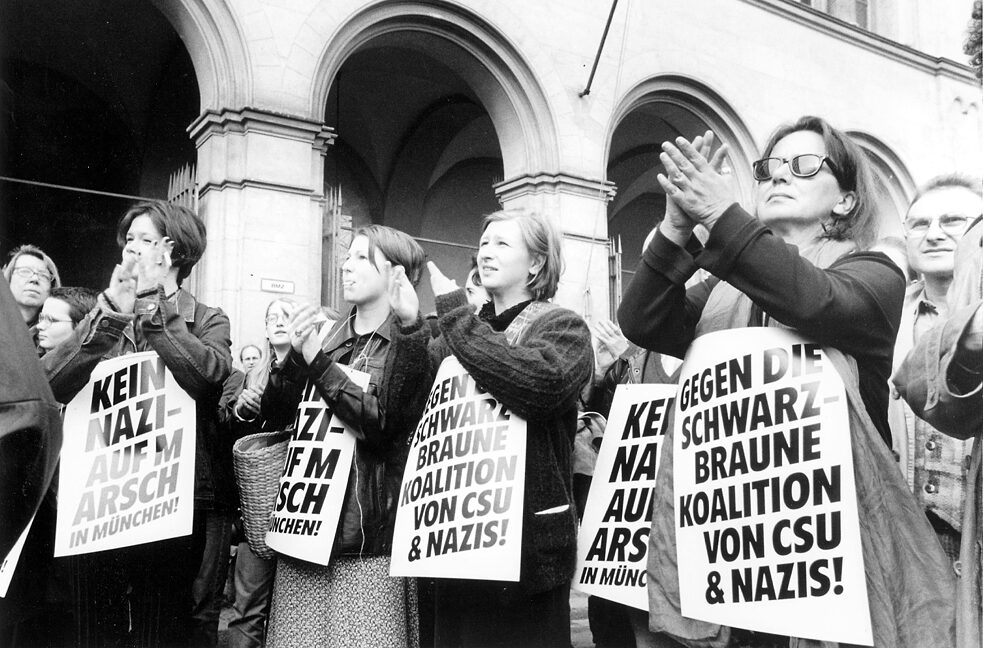
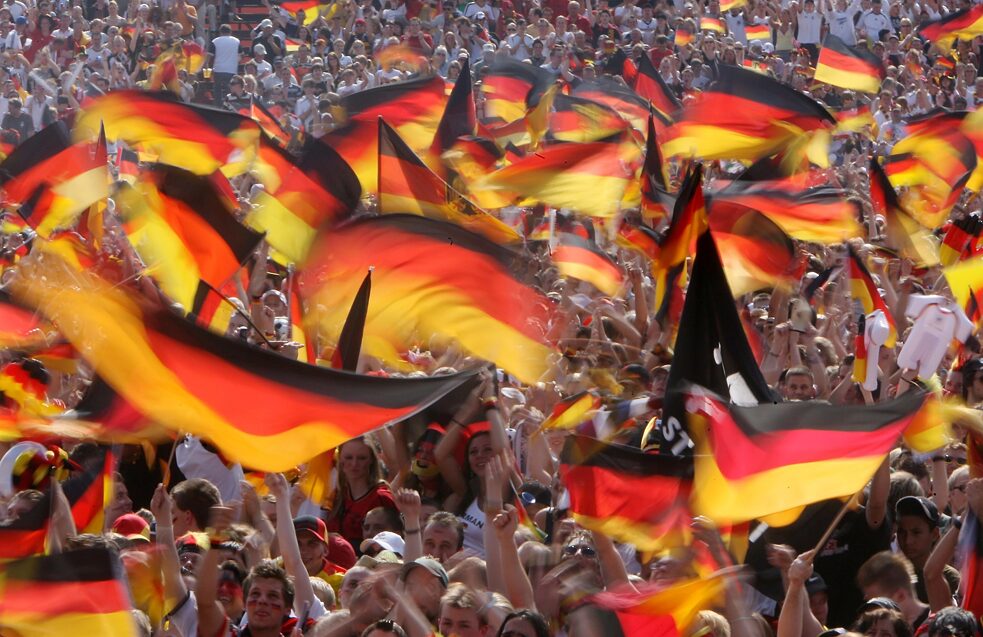
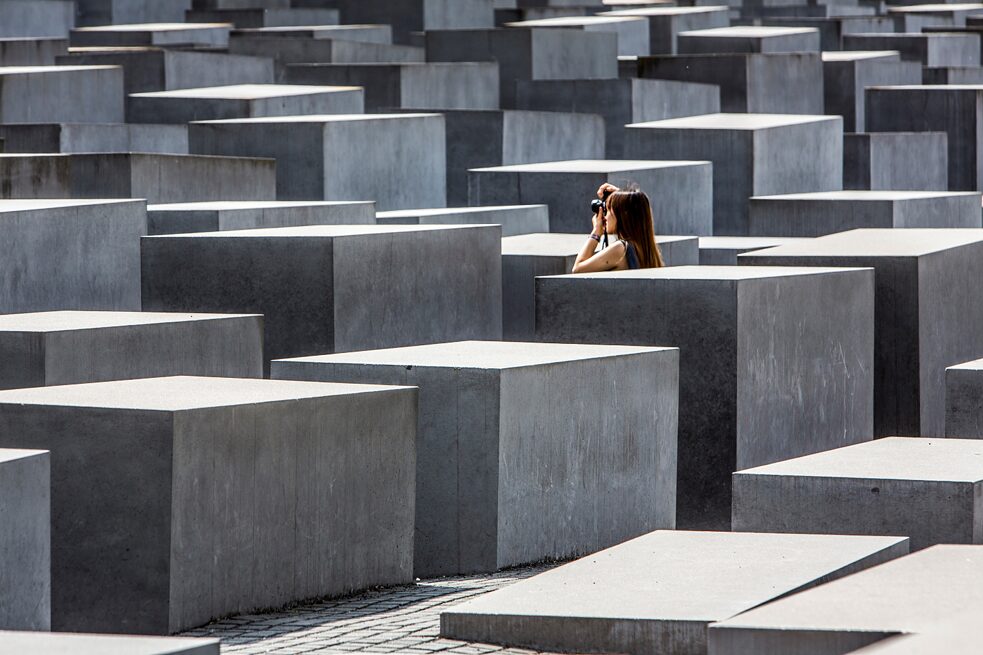
0 Comments